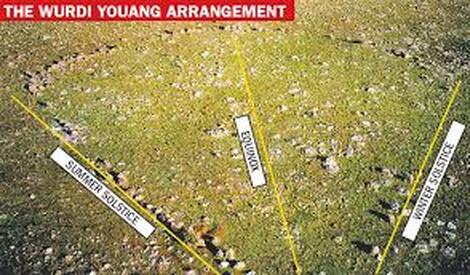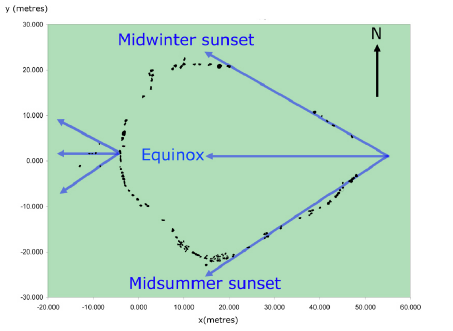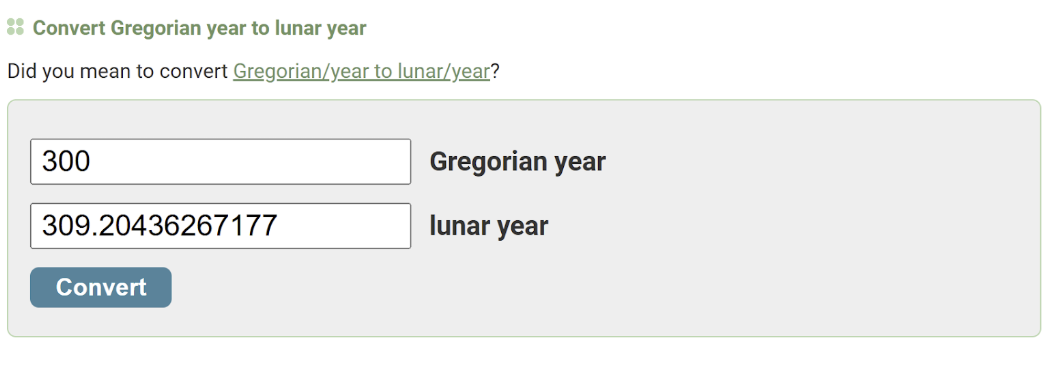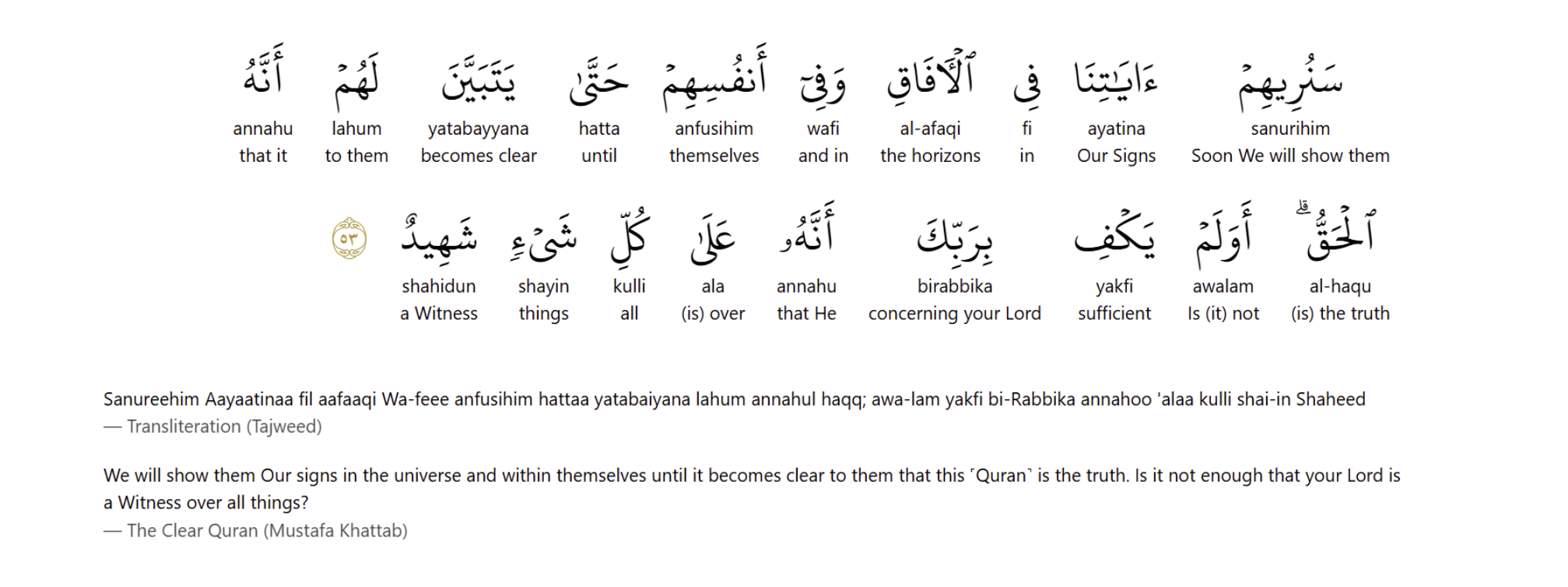SURAH AL KAHF (“THE CAVE”): AYAT 25 (QURAN 18:25)

Throughout history, civilizations have sought to measure time by observing the movements of celestial bodies, leading to the development of two fundamental types of calendars: lunar and solar. The lunar calendar, guided by the rhythmic phases of the Moon, offers a poetic reflection of nature’s cycles, while the solar calendar (often referred to as the Gregorian Calendar), is anchored in the Earth’s journey around the Sun, provides a more precise alignment with the changing seasons. Each system, shaped by cultural, religious, and agricultural needs, reveals humanity’s enduring quest to harmonize daily life with the cosmos.
While traditional scholarship has often pointed to lunar calendars as humanity’s earliest timekeeping systems, new research indicates that some cultures may have tracked the Sun’s movement first to regulate agricultural cycles and seasonal changes.
The Yoruba people of West Africa have one of the oldest recorded calendars in human history. It is one of the oldest verified calendar systems in the world used by a continuing culture. Known as Kojoda, the Yoruba calendar dates back over 10,067 years as of 2025, meaning its origin can be traced to approximately 8042 BCE. It is a lunar based calendar and was considered for a long time to be the oldest verified system and “evidence” that the Lunar system was in fact older.
Newer evidence from ancient Mesopotamian and Egyptian records suggests that early societies recognized the importance of the solar year for farming and may have structured their calendars accordingly. This challenges the long-held assumption that lunar calendars were universally the first method of timekeeping.
However, more recently Archeologists have reconstructed methods of timekeeping that go back to prehistoric times at least as old as the Neolithic. The first historically attested and formalized calendars date to the Bronze Age, dependent on the development of writing in the ancient Near East. In Victoria, Australia, a Wurdi Youang stone arrangement undergoing research could date back more than 11,000 years – it is a series of stones, located to the west of the arrangement’s western apex, mark the positions of the setting sun at the equinoxes and solstices.

A survey study shows that these alignments are accurate to within a few degrees. Additionally, the straight sides of the arrangement, which diverge from its eastern apex, also indicate the setting position of the sun at the solstices to within a few degrees. At the equinoxes, the sun sets over the three prominent stones at its apex.

Surah Al-Kahf, the 18th chapter of the Quran, offers profound lessons through four key narratives: the People of the Cave, the man with two gardens, Musa (pbuh) and Khidr (pbuh), and Dhul-Qarnayn (pbuh). Each story presents a unique trial—faith, wealth, knowledge, and power—guiding believers toward resilience, humility, and wisdom. The Surah is also revered for its protection against deception, particularly the trials of the Dajjal, making its recitation on Fridays a cherished practice for much of the Muslim world. In Verse 25 – Allah mentions:

The “300 years” is first indicating solar years and the “add 9 more years” is stated after – which amazingly coincides to that same timeframe converted in the lunar calendar.
Here’s the conversion of 300 solar years to lunar years:
- Understanding Solar and Lunar Years:
- A solar year is the time it takes for the Earth to complete one orbit around the Sun, approximately 365.24 days.
- A lunar year is based on the cycles of the Moon’s phases and consists of about 354.37 days, which is roughly 12 lunar months.
- A lunar year is about 11 days shorter than a solar year.
- Conversion (Click Link –>) – Convert Gregorian year to lunar year – Conversion of Measurement Units:
How many Gregorian years in 1 lunar year? The answer is 0.97023210606652. Each measurement unit: Gregorian year or lunar year The SI base unit for time is the second. 1 second is equal to 3.1688738506811E-8 Gregorian year, or 3.2660987312905E-8 lunar year. 1 Gregorian year to lunar year = 1.03068 lunar year. The final calculator screenshot is shared below:

The Quran correctly orders Solar time before Lunar time (The Quran regularly will use order of appearance in line to chronologically organize the topics) along with adding the add 9 years to signify the correct conversion factor. The Quran is over 1400 years old and originated in Arabia to a community who only utilized a Lunar Calendar exclusively.
In Surah Fussilat (Quran 41:53) – Allah (swt) says: We will show them Our signs in the universe and within themselves until it becomes clear to them that this ˹Quran˺ is the truth. Is it not enough that your Lord is a Witness over all things?

